How to Pump Your Electric bike Tire?

For the best possible performance and level of safety, it is critical to check and adjust the pressure in your tires on a regular basis. This is true for all varieties of tires, including those used on bicycles and even electric bikes. It is quite natural for tires to gradually lose air pressure over time; nevertheless, there is no reason for you to be concerned if you find that you need to add air to your bike's tires at some point.
In fact, this gives a priceless opportunity to delve further into the field of bike maintenance and improve the quality of riding overall. The ability to properly inflate the tires of a bicycle is a useful skill that should be possessed by all owners of bicycles, but especially owners of newer electric bikes with fatter tires. A ride that is smoother and more comfortable, tires that last longer, and a reduced danger of meeting flat tires are just a few of the many benefits that come from maintaining the correct air pressure in your tires. You won't waste any time getting your bike ready for the road if you stick to following directions and do everything in the correct order.
Step 1: Select the Type of Valve
It's critical to recognize the sort of valve your bike tires have before you start airing them up. Each tire on your vehicle will have a valve, which is a little metal cylinder that sticks out from between the spokes. In order to add or release air pressure in your tires, you must use this valve.
The Shrader valve and the Presta valve are the two principal valve types that are frequently seen on bicycle tires. The more typical form is the Shrader valve, which is sometimes used on children's or mountain bikes as well as on tire for automobiles. The Presta valve, which is the second kind, is usually found on road bike and hybrid cycle models. The presence of a little screw that can be twisted at the tip identifies a Presta valve. Both kinds of valves might be covered in protective plastic caps to keep out dust and potential harm.
It's critical to note the kind of valve your bike tires have to make sure it can work with the valve connector on your pump. Both Shrader and Presta valves are supported by the majority of electric bicycle pumps. You might need to buy an adaptor to utilize your pump with your particular bike, though, if it only supports one or the other type of valve. You'll be prepared to proceed to the following stages of tire inflation and guarantee a successful tire pump if you correctly identify the valve type.
Step 2: Calculate the Required Pressure
The next step is to calculate the ideal air pressure range for your bike tires after you've determined the type of valve. Usually, your tire's sidewall will have this information stamped or inscribed on it. Look for the abbreviation PSI, which stands for pounds per square inch and is a common way to measure air pressure. Don't let the technical phrase frighten you; simply look for the PSI number on your tire or get advice from your bike's manual.
Depending on the kind of bike and tire you have, a different PSI might be advised. The average air pressure range for mountain bike tires is 25 to 35 PSI, but the pressure range for road cycle tires is typically 85 to 110 PSI. To ensure optimum performance and safety, it's crucial to choose the right PSI range for your particular bike.
It is very important to remember that using a tire air machine for cars, like those available at mechanic shops, to pump up your bicycle tires should be avoided at all costs. Your bike tire could blow out as a result of these devices' extreme power. Instead, choose a conventional hand pump or an electric bicycle air pump that is especially made for cycling tires.
It's possible that the air pump you choose has an integrated PSI gauge or readout that will estimate the tire pressure as you fill it. If not, a separate pressure gauge can be bought to precisely gauge the tire pressure. To reduce the risk of tire blowouts when riding or when navigating potholes, it's critical to properly inflate your tires. You'll ensure a smoother and safer bike experience by keeping the recommended air pressure.
Step 3: Select the Proper Pump
It's crucial to get the right air pump for the job after figuring out the ideal pressure for your bike tires. There are numerous kinds of air pumps available, each with its unique set of features, as was mentioned in Step 2. In addition to other possibilities, floor pumps, mini pumps, bike-mount pumps, and CO2 inflators are frequently used for electric bicycle tire pumps. Making the appropriate pump choice will help you depend on your gear and resume riding as soon as possible.
Floor pumps are frequently chosen because of their effectiveness and quickness. They are especially well suited for usage with air-intensive fat tire electric bike (It is a type that has been in demand recently with the increase of affordable fat tire electric bike). You can swiftly and easily fill your tires with floor pumps, which will save you a lot of time. They might, however, be too heavy to bring on extended bike journeys. Alternatives in these circumstances can include portable air pumps or pumps fitted to bicycle frames. These solutions provide greater portability and convenience while taking a little longer to inflate a tire.
CO2 pumps are an additional choice to take into account. They offer quick inflation but are more expensive. To quickly inflate your tires, CO2 pumps use compressed carbon dioxide cartridges. They are perfect for scenarios like races or when you need to get back on the road quickly where speed is essential. It's crucial to remember that CO2 cartridges can be pricey and therefore to be used sparingly.
The choice of pump ultimately comes down to your individual requirements, tastes, and intended usage. Think about things like the type of bike you ride, your riding technique, and whether portability is a top concern. By choosing the appropriate pump, you can assure optimal tire inflation and have a seamless bicycling experience.
Step 4: Pump Your Electric Bike Tire
You're ready to pump air into your electric bike tire and get set for your ride once you've recognized the valve type, determined the optimal PSI, and selected your pump. If your valve has a dust cover cap, start by removing it before connecting the air pump by firmly pressing it against the valve. If your valve is a Presta valve, keep in mind that you must first open the valve by unscrewing the tiny knob on the metal tip.
When pumping air, pay particular attention to the pressure and, if your pump has one, use the gauge to check the reading. To ensure you stay within the appropriate PSI range without overinflating the tire, it's best to start and stop pumping a few times while adding air gradually. Depending on the size of your manual air pump, it may take longer to fill your tire; small to medium-sized pumps normally fill tires in 5 to 10 minutes. It may only take a minute, though, if you're just topping out the tire before a ride.
If you don't have a pressure gauge, you can use your fingers to gauge the tire pressure. Press into the rubber tire itself. On a road bike, you shouldn't be able to depress the tire very much at all, however on a mountain bike, you should be able to push in around one centimeter. If your tires have Presta valves, make sure to tighten the valve when you're done adding air by turning the little knob back down. You're done when you replace any bike-specific dust caps. These procedures will help you effectively pump your electric bike tire to the proper pressure, ensuring a secure and comfortable ride.
Conclusion
Maintaining the proper air pressure in your bike tires is essential for both safety and peak performance. It's typical for tires to gradually lose air pressure over time, and adding air to them offers a chance to improve your bike maintenance abilities and your riding experience in general. Tires that are properly inflated provide a smoother ride and longer tire life. You can ensure that your electric bike tires are properly inflated in only a few minutes by following the four simple stages listed in this article. You may drive with confidence and enjoy a safe and pleasant ride by giving tire maintenance priority.

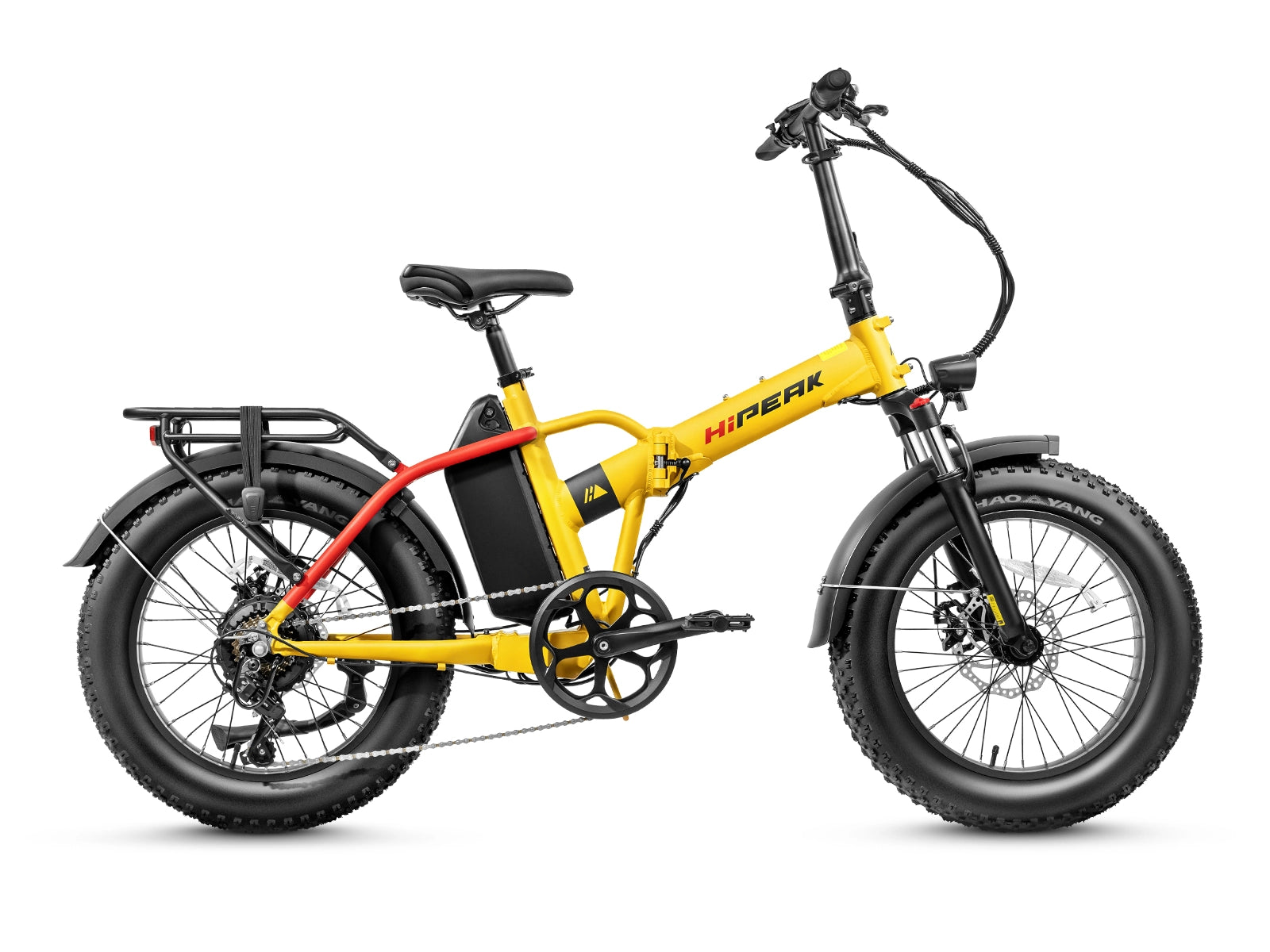
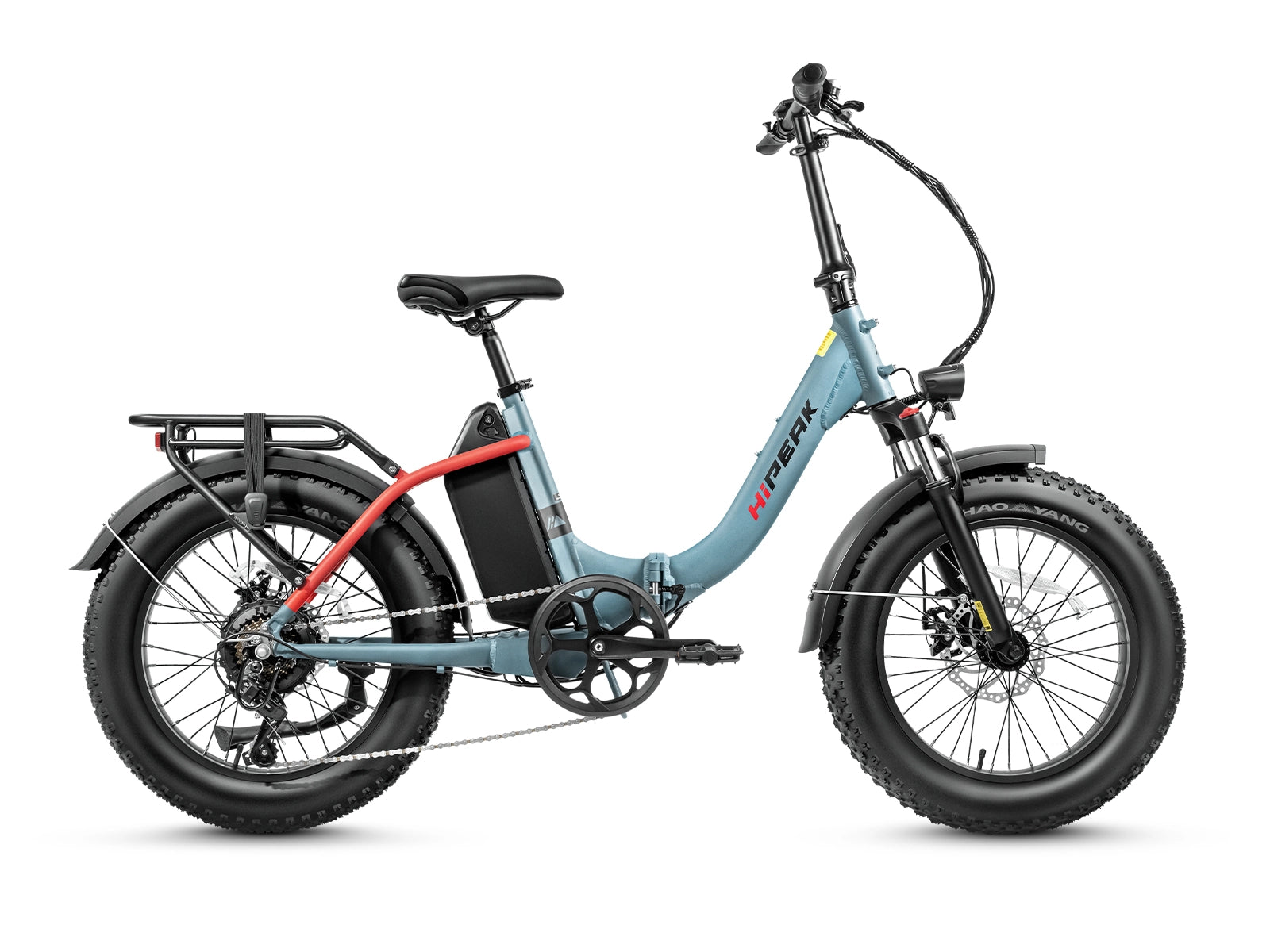
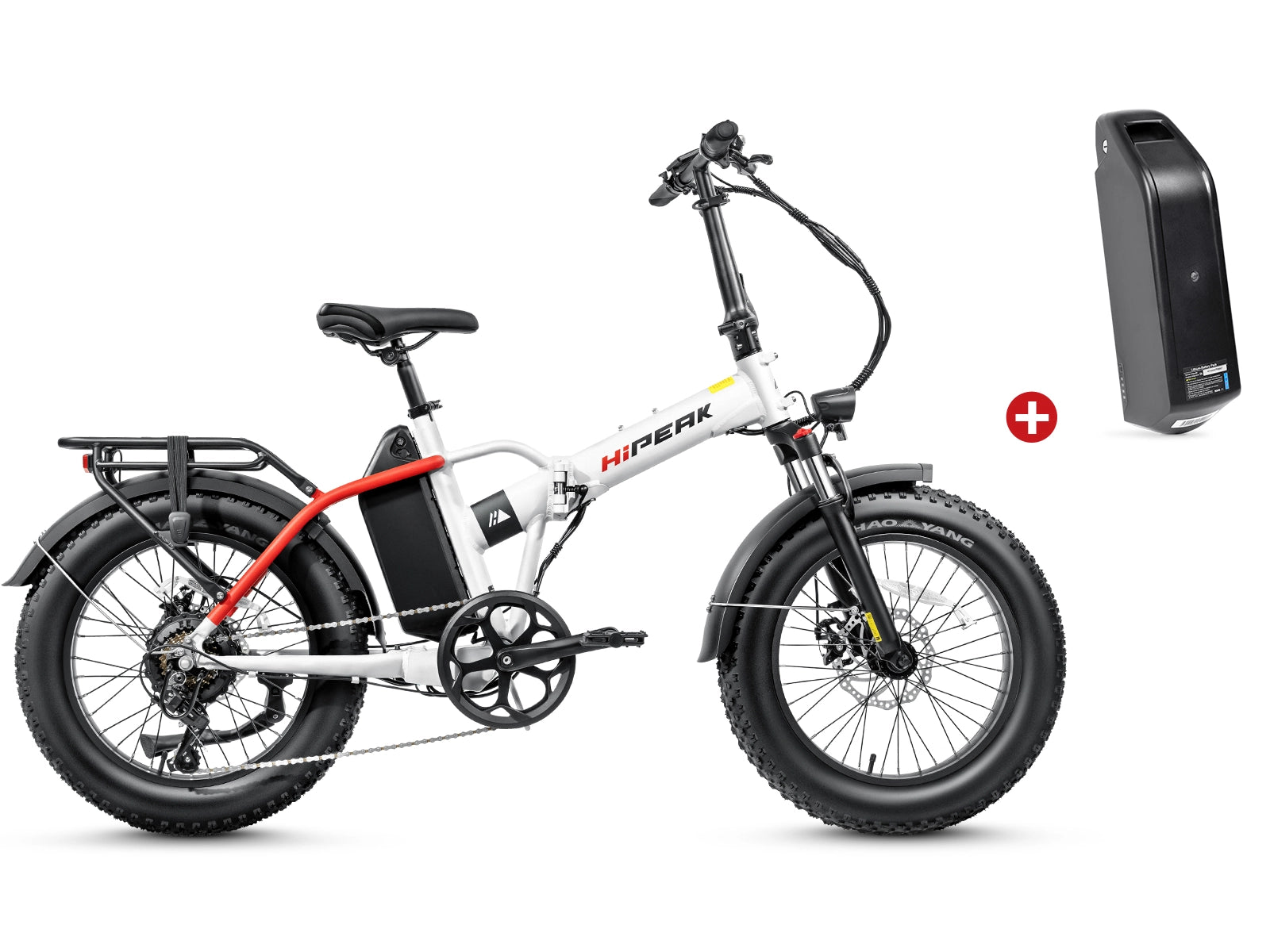
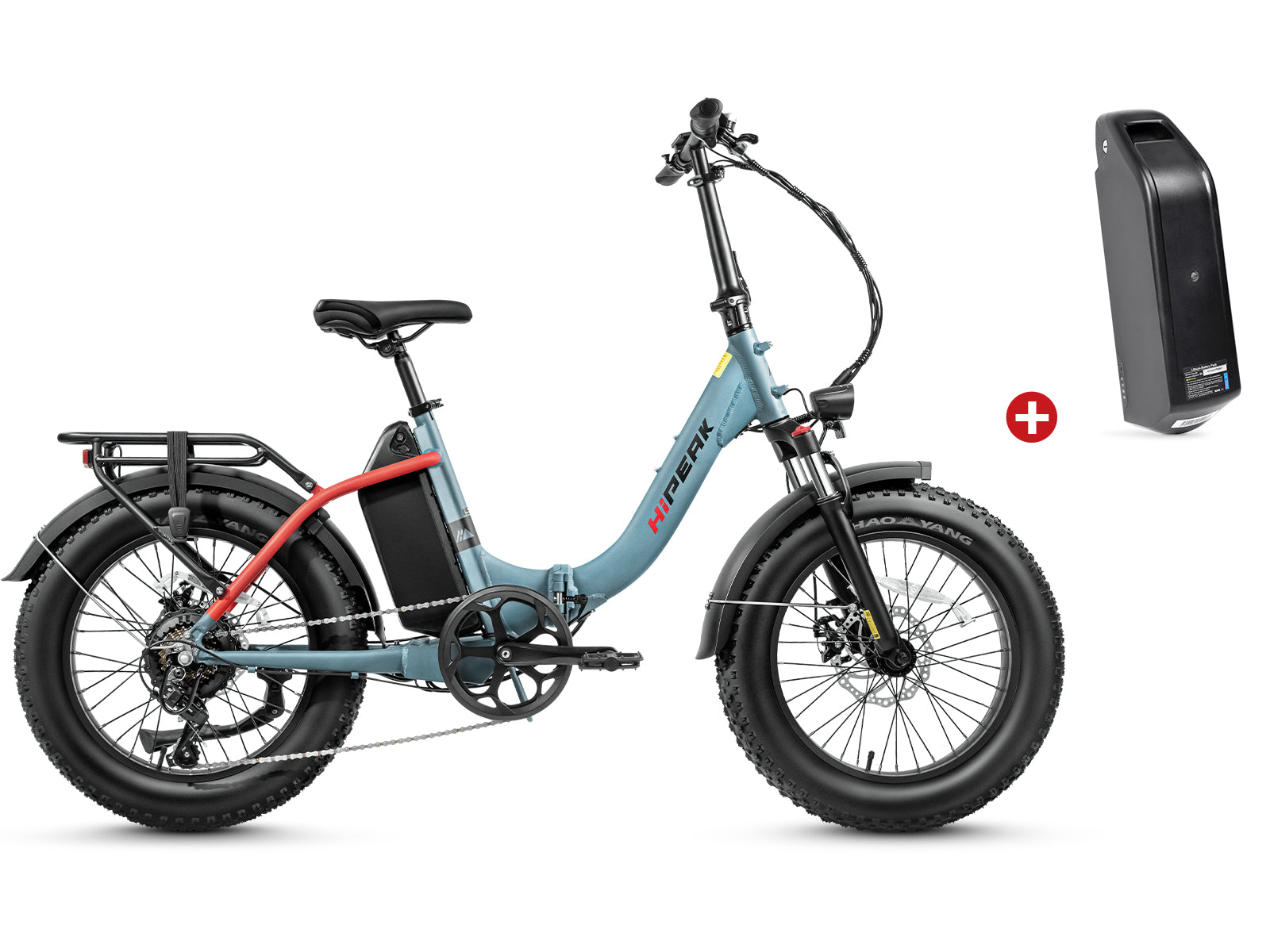
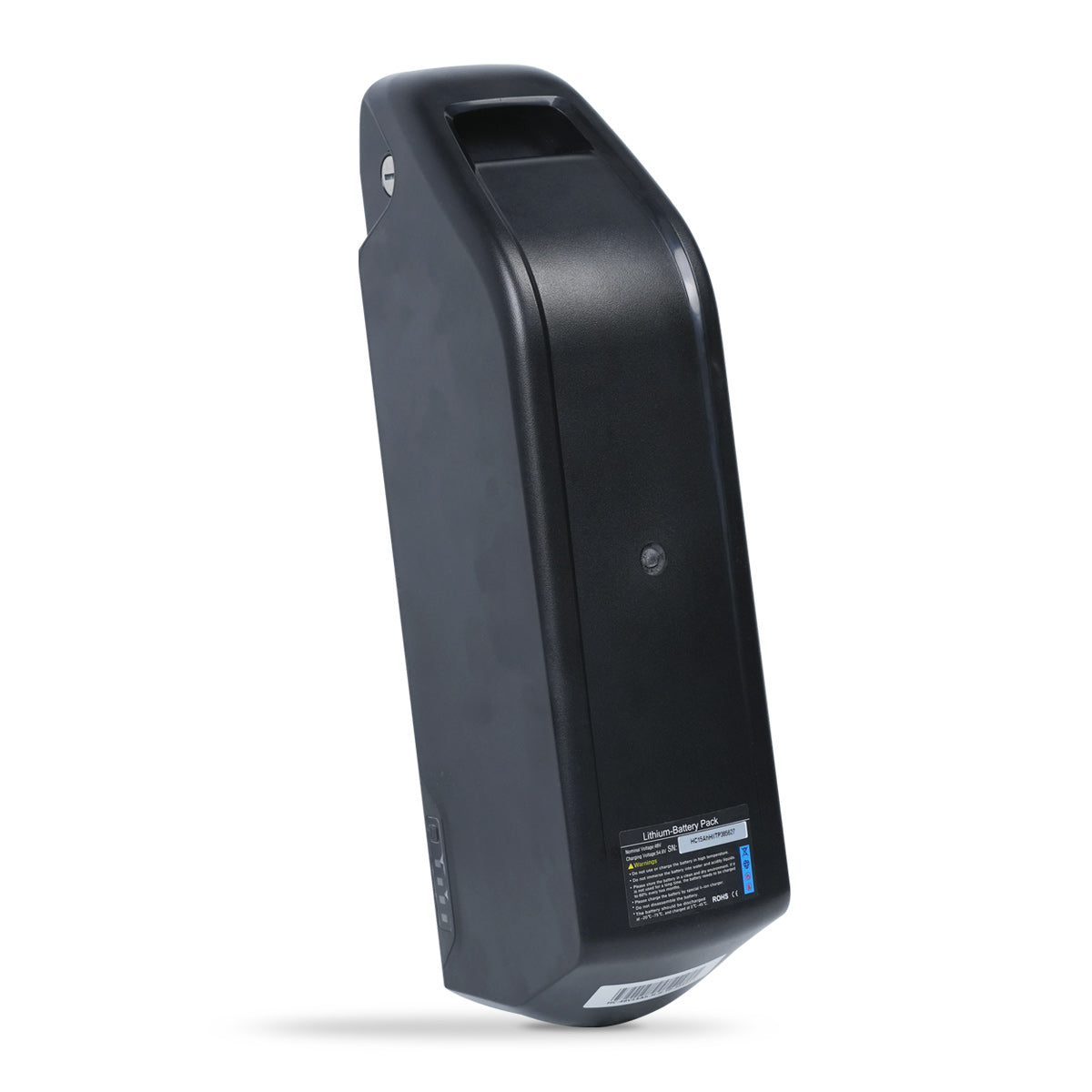
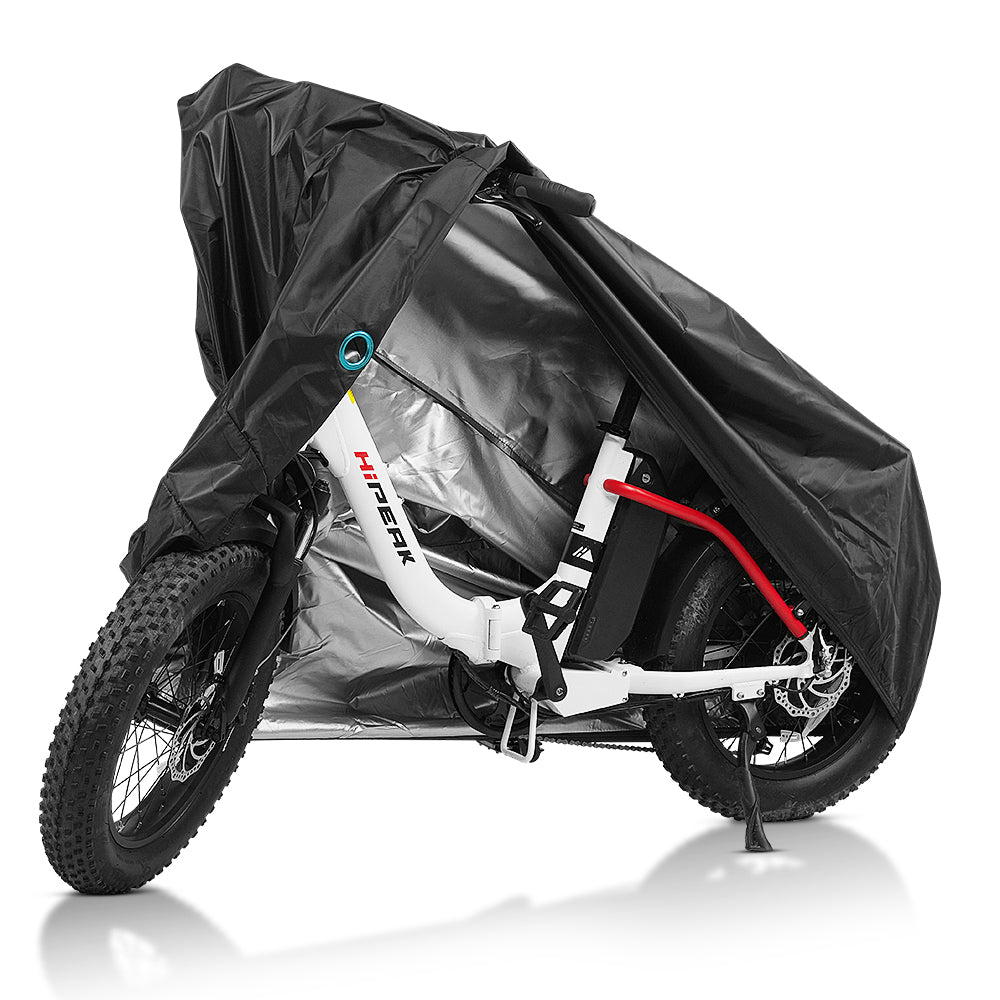
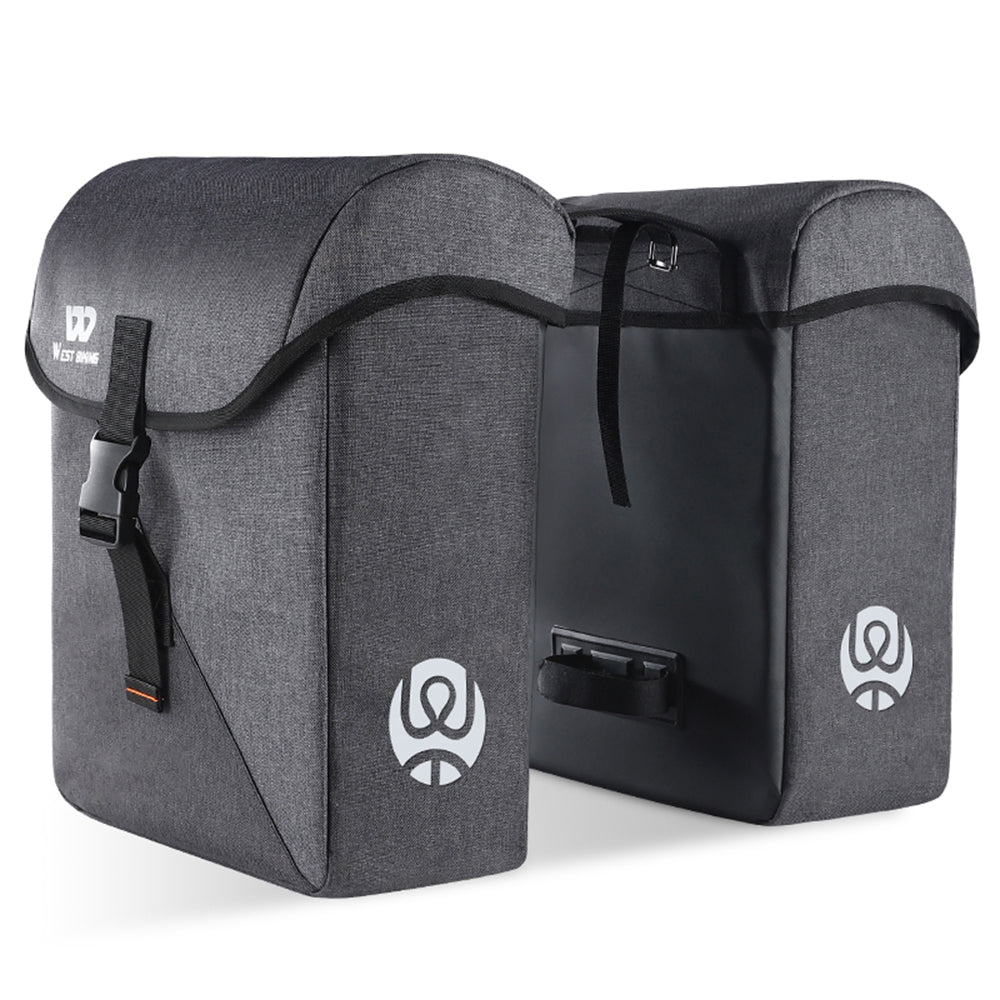
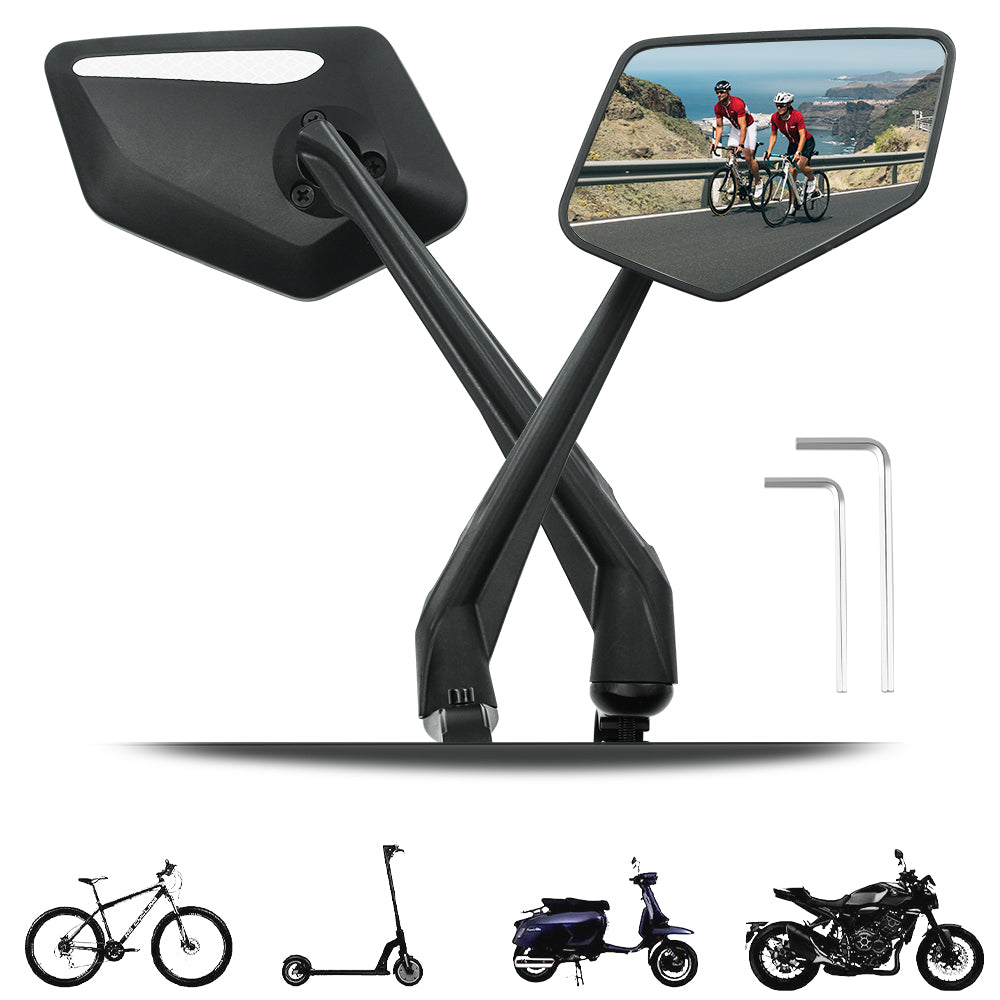
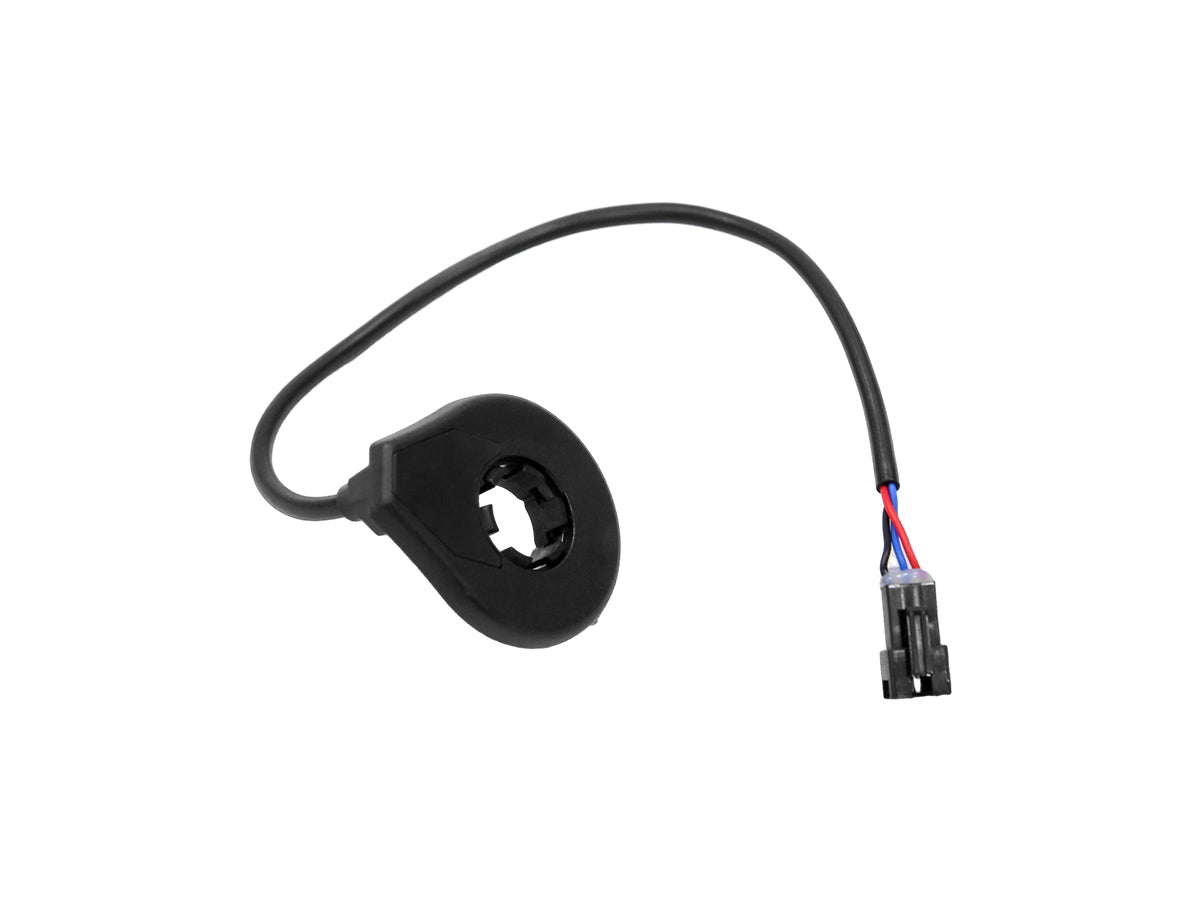
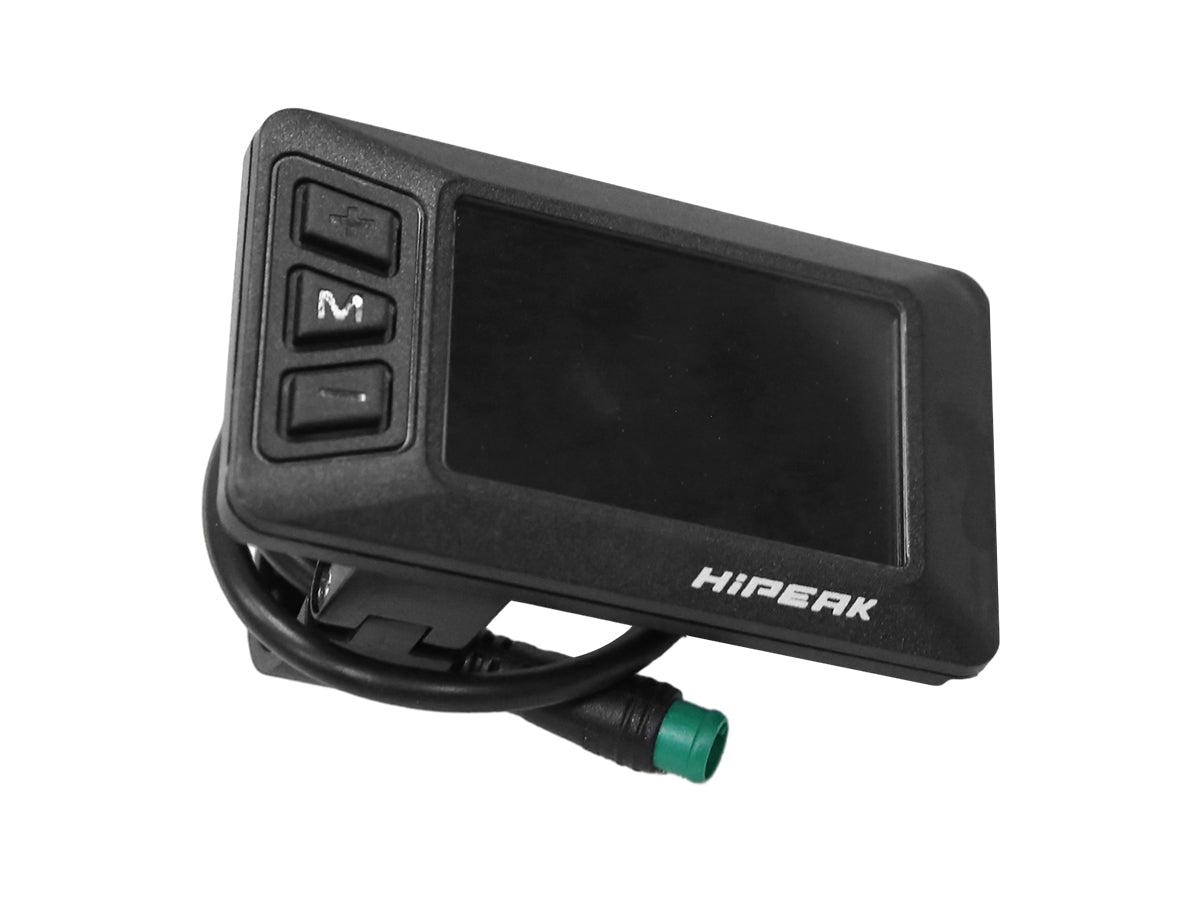
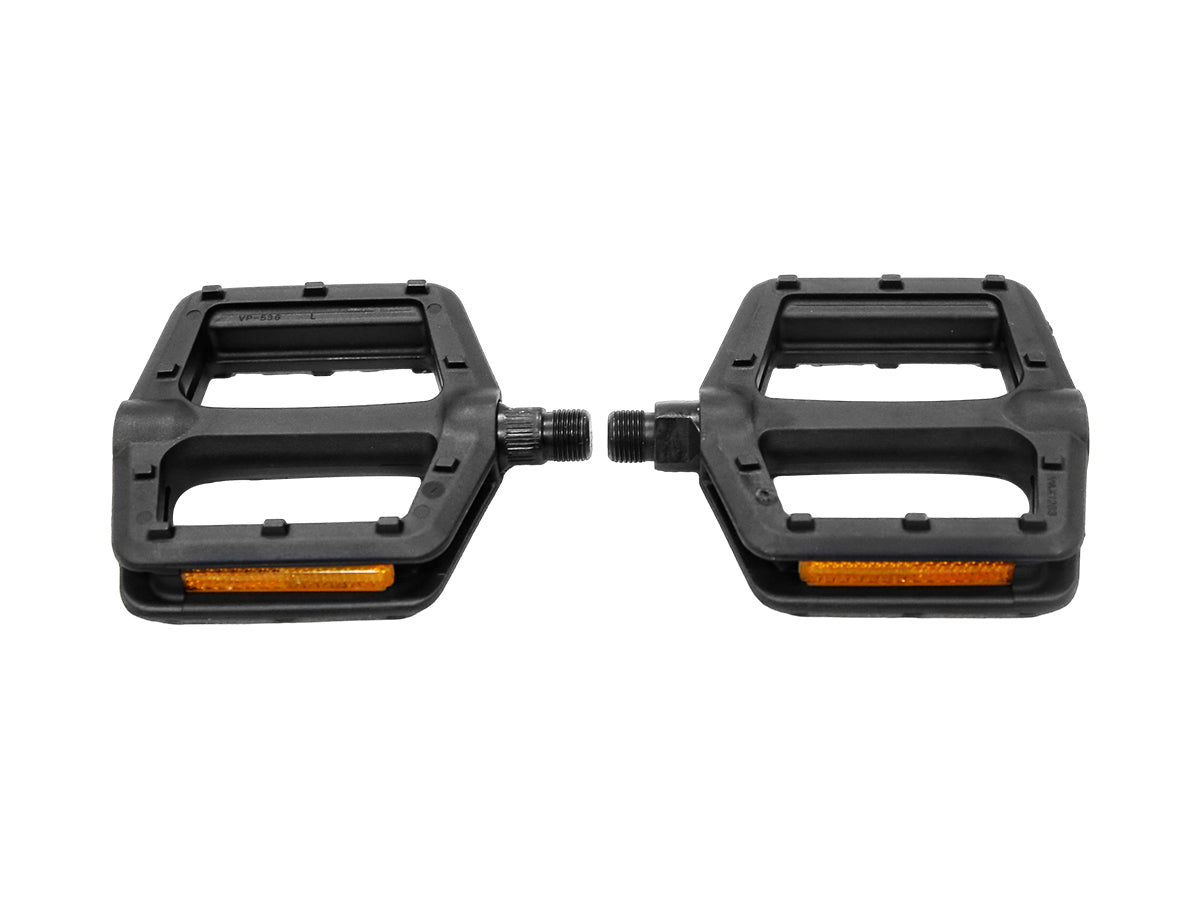
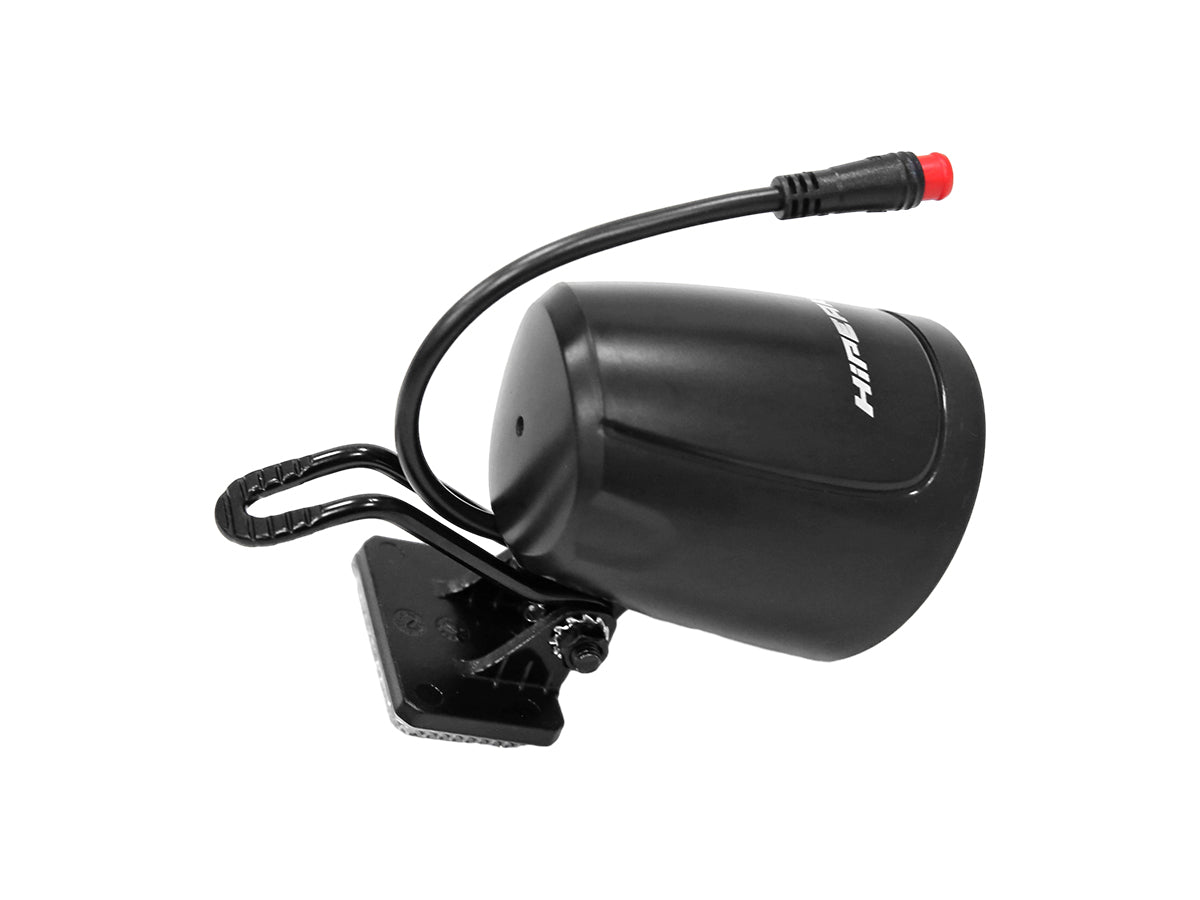








Leave a comment